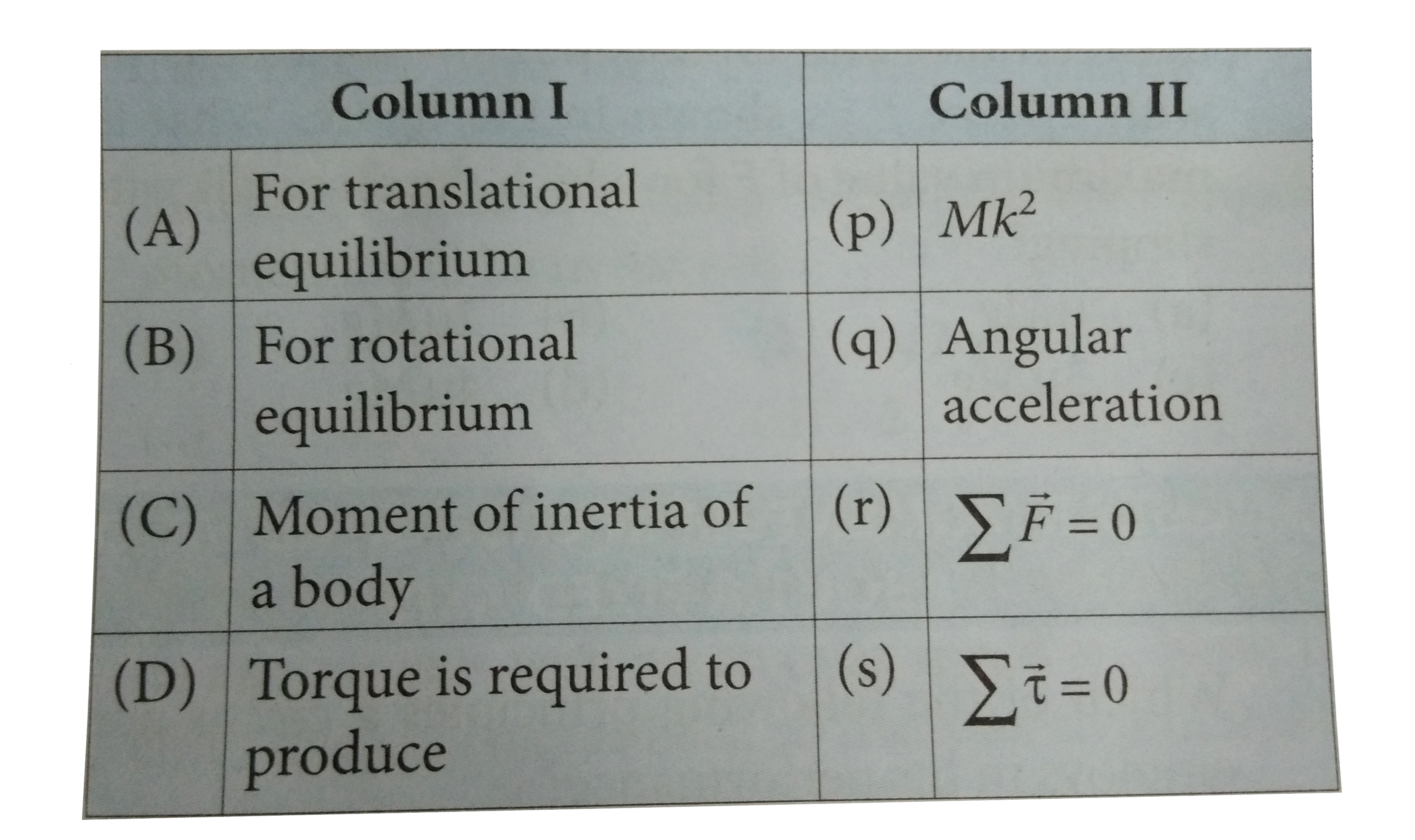Match the column
Column IColumn II(a)Extrafoliar nectaries(i)Acharas(b)Schizogenous cavities(ii)Tropaelum(c)Laticiferous ducts(iii)Passiflora(d)Hydatodes(iv)Eucalyptus(v)Pinus
(a) a→iii,b→i,c→ii,d→iv
(b) a→iii,b→v,c→i,d→ii
(c) a→ii,b→i,c→iii,d→iv
(d) a→v,b→ii,c→i,d→iii
The correct Answer is:B
To solve the matching question, we need to correctly pair the items from Column I with those from Column II based on their characteristics and associations. Let's go through each item step by step.
1. Extrafoliar nectaries (a):
- These are nectar-secreting structures found outside the leaves, often attracting pollinators. They are notably present in the plant genus Passiflora.
- Match: (a) → (iii) Passiflora
2. Schizogenous cavities (b):
- These are intercellular spaces that form as a result of the separation of cells, often associated with resin secretion. This feature is characteristic of the plant Pinus.
- Match: (b) → (v) Pinus
3. Laticiferous ducts (c):
- These ducts are responsible for the production and transport of latex, a milky fluid that can contain rubber. They are found in plants like Acharas.
- Match: (c) → (i) Acharas
4. Hydatodes (d):
- Hydatodes are specialized structures that facilitate guttation, the process of exuding water droplets from the tips of leaves. This occurs in plants such as Tropaelum.
- Match: (d) → (ii) Tropaelum
Final Matches:
- (a) → (iii) Passiflora
- (b) → (v) Pinus
- (c) → (i) Acharas
- (d) → (ii) Tropaelum
Summary of Matches:
- A: iii
- B: v
- C: i
- D: ii
- These are nectar-secreting structures found outside the leaves, often attracting pollinators. They are notably present in the plant genus Passiflora.
- Match: (a) → (iii) Passiflora
- These are intercellular spaces that form as a result of the separation of cells, often associated with resin secretion. This feature is characteristic of the plant Pinus.
- Match: (b) → (v) Pinus
- These ducts are responsible for the production and transport of latex, a milky fluid that can contain rubber. They are found in plants like Acharas.
- Match: (c) → (i) Acharas
- Hydatodes are specialized structures that facilitate guttation, the process of exuding water droplets from the tips of leaves. This occurs in plants such as Tropaelum.
- Match: (d) → (ii) Tropaelum
- (a) → (iii) Passiflora
- (b) → (v) Pinus
- (c) → (i) Acharas
- (d) → (ii) Tropaelum
- A: iii
- B: v
- C: i
- D: ii
Topper's Solved these Questions
- ANATOMY OF FLOWERING PLANTS Book:CENGAGE BIOLOGY ENGLISHChapter:ANATOMY OF FLOWERING PLANTS Exercise:ASSERTION-REASONING QUESTIONS
Explore 14 Videos
- ANATOMY OF FLOWERING PLANTS Book:CENGAGE BIOLOGY ENGLISHChapter:ANATOMY OF FLOWERING PLANTS Exercise:ARCHIVES
Explore 38 Videos
- ANIMAL KINGDOMBook:CENGAGE BIOLOGY ENGLISHChapter:ANIMAL KINGDOMExercise:Archives
Explore 34 Videos
Similar Questions
Match the columns
Column IColumn II(a)Echidna(i)Ophidia(b)Echinus(ii)Teleostei(c)Echeneis(iii)Platyhelminthes(d)Echis(iv)Echinoidea(e)Echinococcus(iv)Prototheria.
View SolutionCompare the columns and find out the correcrt combination Column IColumn II(a)Tridax(i)synandrous(b)Dolichos(ii)Monadelphous(c)Ceiba(iii)Syngenedious(d)Cucurbita(iv)Polyadephous(v)Diadelphouse
View Solution
Knowledge Check
Match the Column I and Column II.,B
 AA-p, B-q, C-r, D-sBA-q, B-r, C-s. D-pCA-r, B-q, C-p, D-pDA-r, B-s, C-p, D-q
AA-p, B-q, C-r, D-sBA-q, B-r, C-s. D-pCA-r, B-q, C-p, D-pDA-r, B-s, C-p, D-q
Match the column
Column IColumn IIa.Ozone thickness(i)UV-raysb.CFC(ii)Refrigeratorc.EI Nino effect(iii)Temperature increased.Skin cancer(iv)Dobson unit
View SolutionMatch the column I with column II
Column -IColumn-IIa.Horizontal and amacrine cell(i)Pivot pointb.Incus(ii)Olfactory epitheliumc.Bowman's gland(iii)Retinad.Cupula(iv)Crista(v)Macula
View SolutionMatch the columns
Column-AColumn-B(a)Ribs(i)26(b)Vertebrae(ii)14(c)Phalanges(iii)1(d)Sternum(iv)24
View SolutionMatch the following columns:
Column IColumn IIa.Oxylophytes(i)Calcium-rich soilsb.Eremophytes(ii)Waste landc.Chrysophytes(iii)Deserts, steppesd.Calciphytes(iv)Acidic soils
View SolutionMatch the column I with Column II:-
Column IColumn II(A) Unicellular(i) Spirogyra(B) Colonial(ii) Kelps(C) Filamentous(iii) Volvox(D) massive plant bodies(iv) Chlamydomonas
View SolutionMatch the following columns
Column IColumn IIa.Lysozyme(i)HClb.Peptic cells(ii)Antibacterial enzymec.Saliva(iii)Sublingual glandd.Oxyntic cells(iv)Pepsinogen
View SolutionMatch column I with column II and select the correct option from the codes given below.
Column IColumn IIA.Dictyosomes(i)StorageB.Mitochondria(ii)PhotosynthesisC.Vacuoles(iv)TransportD.Grana(iv)Secretion(v)Respiration
View Solution